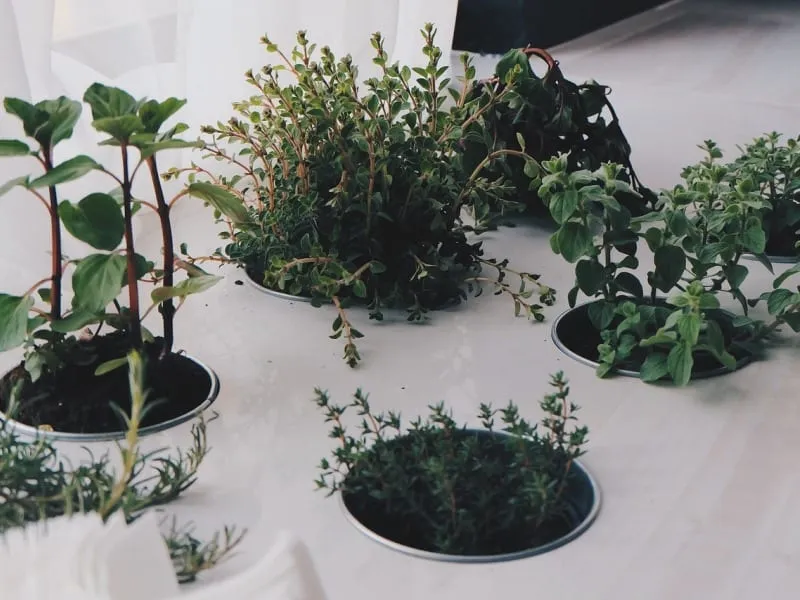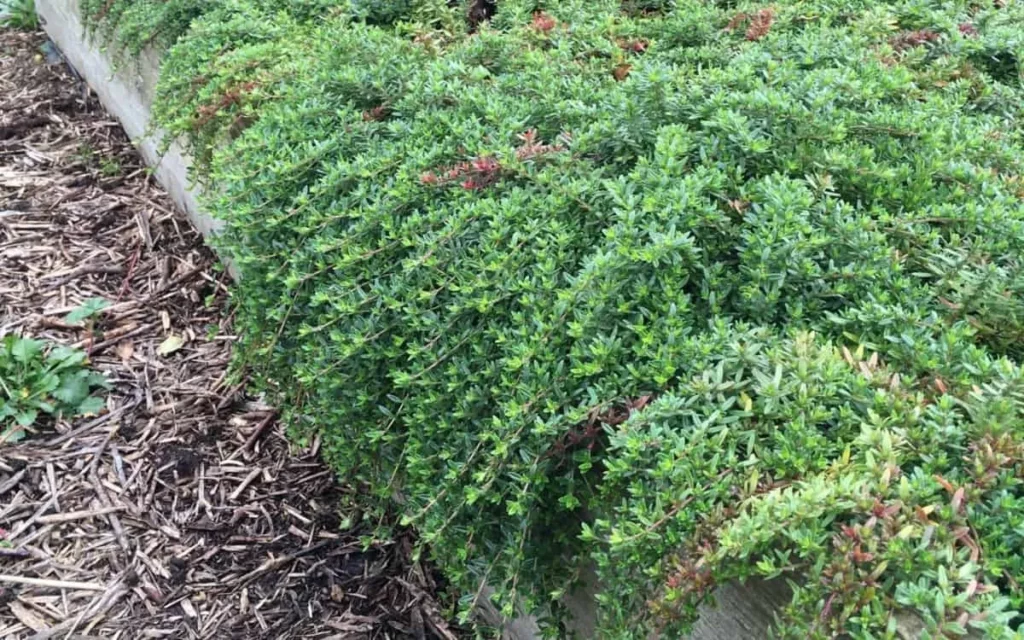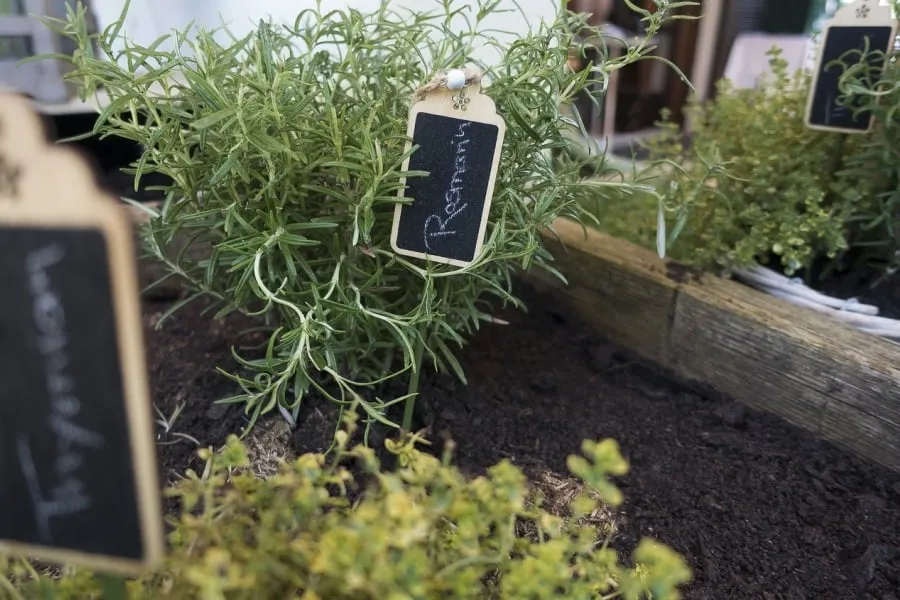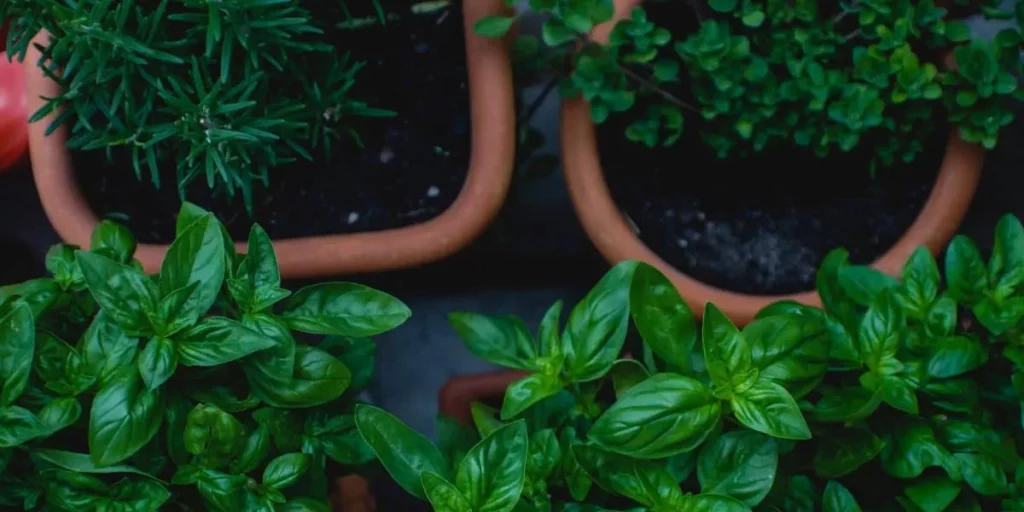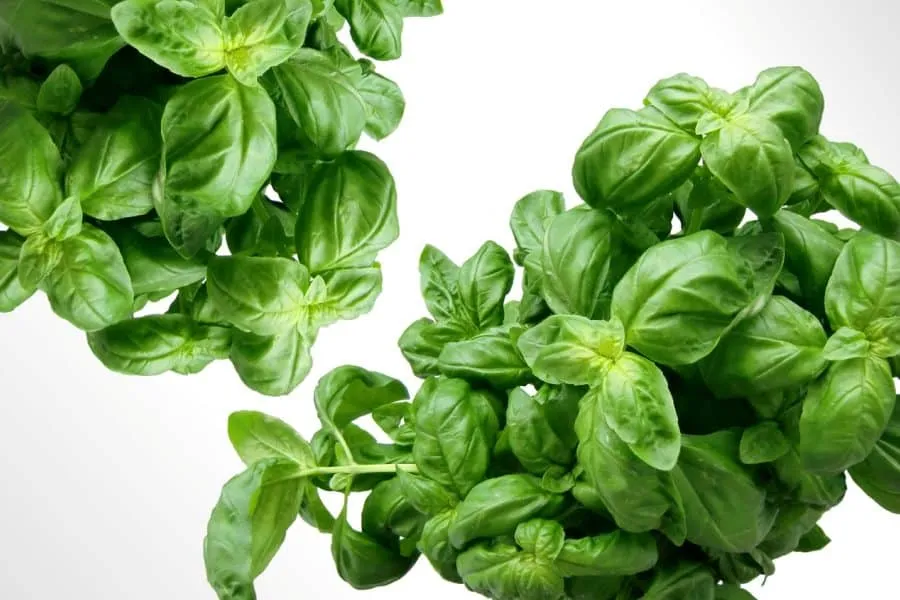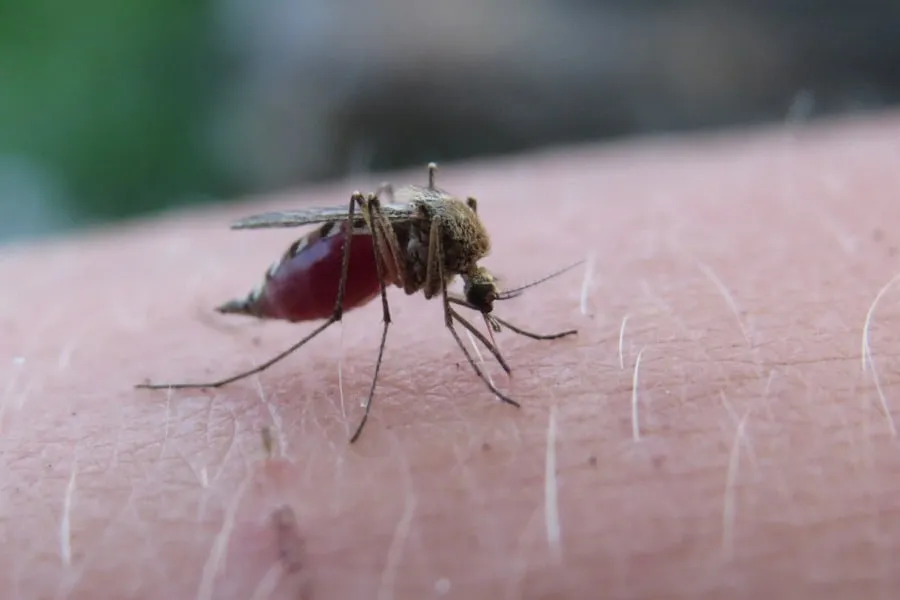Arugula (Eruca sativa) has become popular as a salad plant, leafy vegetable and seasoning herb in a very short time. However, the garden plant, which originated in Italy and was completely unknown in Europe a few decades ago, is quite an old acquaintance! In fact, arugula was brought across the Alps a long time ago. Either by the Romans or by the Benedictine monks coming from Italy. In any case, the plant appears in almost all medieval herbal books, since the first written mention in the land ordinance of Charlemagne over 1200 years ago. However, at that time it was not called arugula, but eruca or rocket, and sometimes mustard or white mustard.
Rocket was a very popular garden plant in the Middle Ages, grown either as a medicinal plant (see below) or as a vegetable. Perhaps the popularity has to do with the following assessment, which the monk Odo Magdunensis wrote down around 1060: “And many doctors and poets agree that the eruca, eaten or drunk, greatly strengthens the power of love.” This supposition is also shared by the famous physician and botanist Hieronymus Bock in his book of herbs written in 1546: “Eruca also stimulates marital works when eaten in food.” It is surprising that the so much praised rocket then fell into oblivion. Fortunately, it has now been rediscovered as arugula!
Contents
The cultivation: arugula always succeeds in the garden
Arugula or rocket is very easy to cultivate. The cruciferous plant was already cultivated in the garden by the ancient Romans, which is probably why it got the species name sativa, which means “sown, planted”. The annual rocket is very undemanding and easy to care for. Like the radish or cress, it is ideal for “garden beginners”.
From April to September, you can continuously sow seeds of arugula so that fresh greens are always available. It germinates and grows quickly and easily. Already after 4-6 weeks you can start harvesting. The dark seedling is placed in the soil to a maximum depth of 1 cm. Sowing is done in a row, with a row spacing of about 20 cm. It is also worth sowing in a pot, similar to cress. Arugula requires a uniform moisture, because in dry conditions it quickly shoots into flower.
Harvest the basal leaves before the flower stalk sprouts, because the older they get, the more bitter they taste. When they are about 10 cm long they can be cut. Don’t cut the leaves all the way down at the base of the leaf so that the arugula can sprout a second time.
Because arugula can accumulate nitrates similar to spinach, fertilize it sparingly in the garden and look for organic quality when buying it. Nitrates can turn into nitrite in the body and then combine with amino acids to turn into the carcinogenic nitrosamines.
Keep pests away from arugula
A common pest is a small beetle called the earth flea, which eats all cruciferous plants. It emerges mainly in dry weather and then eats small holes in the leaves. The best way to keep soil fleas away is to keep the soil loose and moist. Mulching is also a helpful measure, because the pest loves dry, crusty soil.
The use of arugula: from the garden directly into the kitchen.
Arugula has a strong sharp, slightly bitter taste reminiscent of cress. Unlike cress, it still has an (earthy) nutty note. The aroma is best appreciated fresh and raw. The young fresh leaves are suitable as an addition to salad, herb curd and for processing into pesto. You can also add them to hot dishes, but only at the very end towards the end of cooking. Thus, you used the spice of arugula leaves to egg dishes, soups, sauces, rice and pasta dishes and as a pizza topping. The aroma of the spicy leaves harmonizes very well with tomatoes, mozzarella and with Parmesan cheese. From the ripe dried seeds you can make a spicy mustard or press an oil.
Kitchen tip: Always harvest the rocket fresh. It can be stored in the refrigerator for 2 days at the most and it is not suitable for drying. Very well the aroma can be preserved in the form of pesto in oil. A recipe for arugula pesto can be found below.
Pleasure meets health
Arugula is not only delicious, but very healthy. The leaves contain an extraordinary amount of provitamin A and vitamin C. They also provide plenty of potassium, calcium and iron. Like all cruciferous plants, arugula has a high content of mustard oil glycosides, which are responsible for its aromatic and pungent taste. The mustard oils have antibiotic, immune system boosting and anticarcinogenic effects. But from the point of view of medical science, arugula can do even more: it has an appetizing, digestive and diuretic effect.
In the Middle Ages, rocket was used in even more versatile ways. For example, the physician Leonhart Fuchs wrote: “Chewed in the mouth, it draws the tough mucus from the head and cleanses the brain.” In addition, in the medicine of the time, the crushed seeds of rocket were still very often used.
One rocket rarely comes alone: wild rocket
Now, however, there is a second herb that is traded under the name arugula or rocket, which leads to confusion with the rocket described above. It is the narrow-leaved double seed (Diplotaxis tenuifolia), which is also called wild rocket. Wild rocket also comes from the Mediterranean region and spread to Europe as a neophyte in the 18th century. Unlike its garden-grown whitish-flowered “sister”, it has yellow flowers. It is also perennial, hardy and has smaller and narrower leaves. The taste of wild rocket is much more tart, spicy and pungent. The wild plant is often found on roadsides and fallow land. But you can grow it in the garden as a salad plant just like rocket and use it in the kitchen in the same way.
Recipe for rocket pesto
Ingredients
- 100 g arugula
- 125 ml olive oil
- 50 g parmesan cheese
- 2 cloves of garlic
- 50 g pine nuts or alternatively sunflower seeds
- 40 g dried tomatoes
- 5 g salt
Preparation
Chop the arugula very finely with a chopping knife and pour the oil over it. Then squeeze the garlic cloves and add the freshly grated Parmesan cheese. Roast the pine nuts or sunflower seeds in a pan without fat and chop them with a chopping knife. Add finely chopped tomatoes and salt and stir to a creamy paste. The pesto can of course also be made in a blender. Tastes great with pasta, as bruschetta on toast or as a seasoning for soups and salad dressings. Keeps in the refrigerator for 4-6 weeks.



